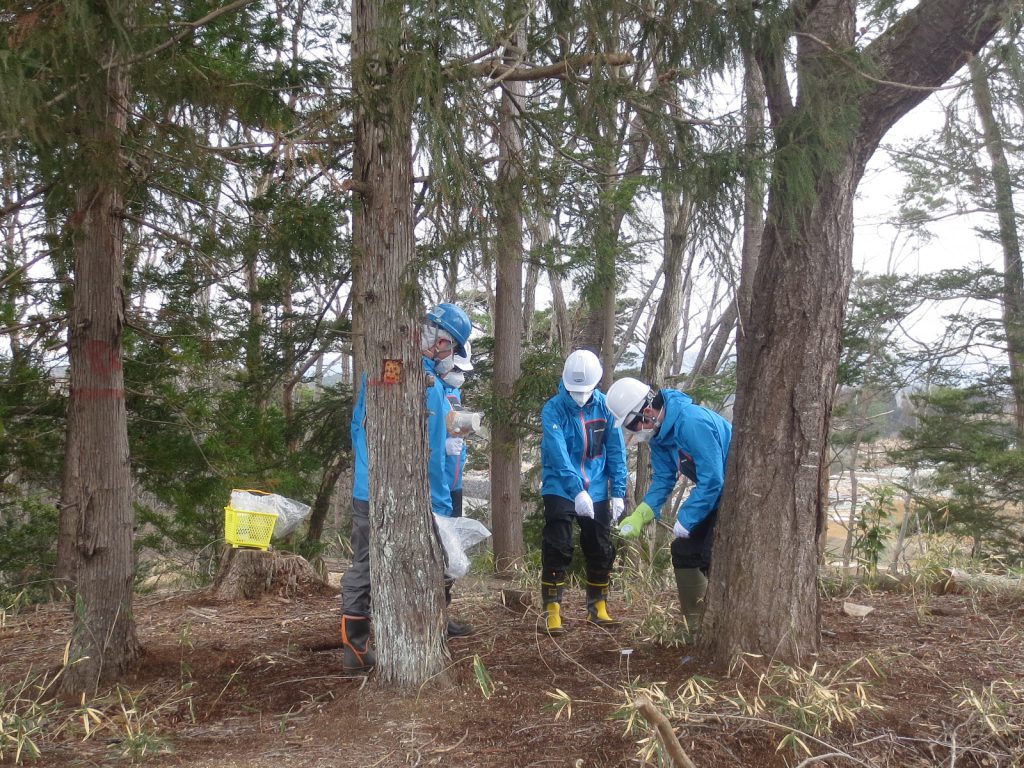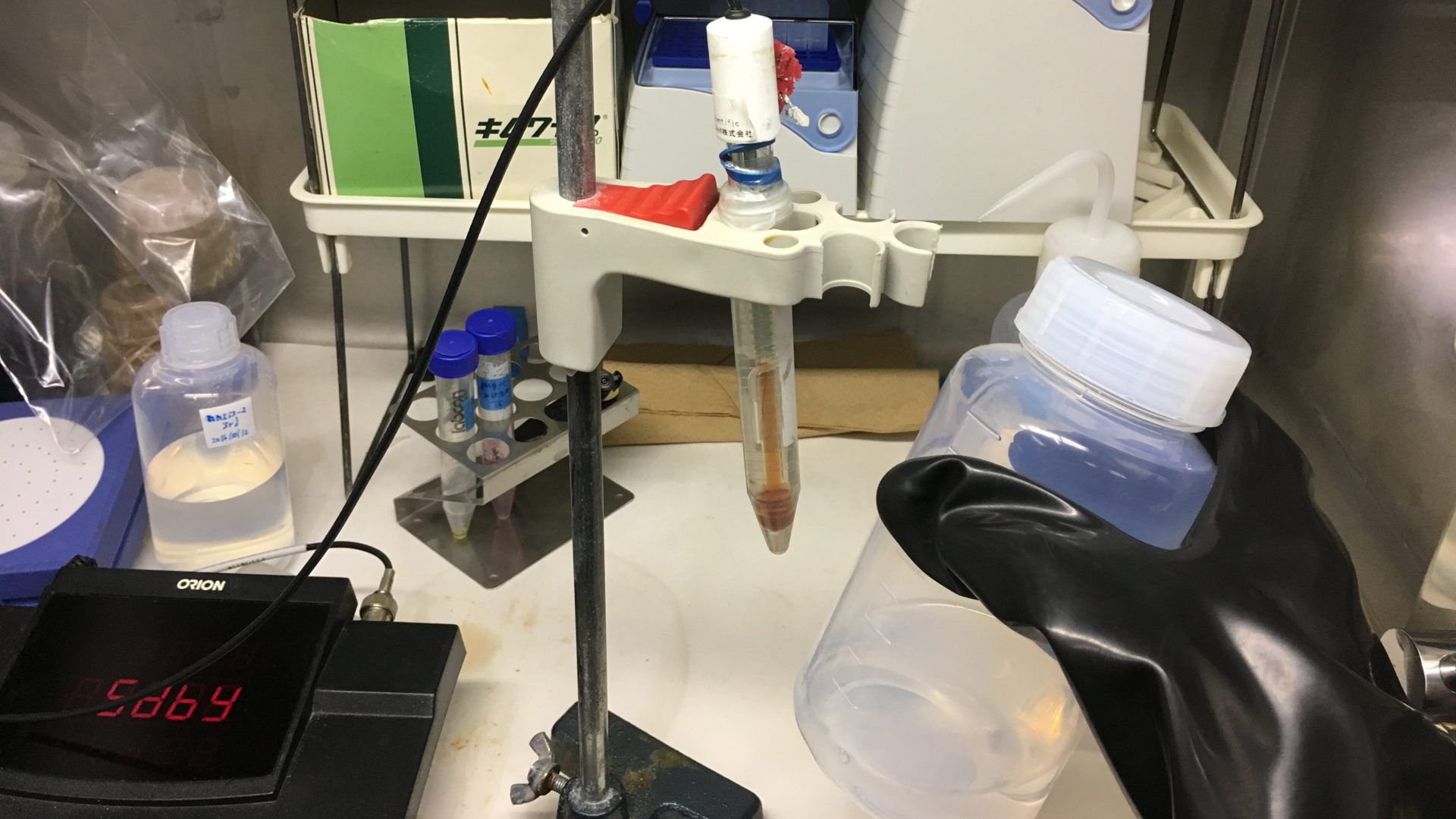Background
A large area of Fukushima Prefecture was contaminated by radioactive nuclides, radioactive cesium in particular, released by the accident of the Fukushima Daiichi nuclear power plants in Mar., 2011. Most of residential area has been decontaminated by now; nevertheless, a large part of forests Environmental behaviors of radioactive Cs is crucial to predict long-term changes of its distribution in soil or river environments. It is known that Cs is selectively bound to micaceous minerals in nature and inert for chemical exchange reactions. Nevertheless, dynamics of labile fractions of Cs in a given environment if any must play an important role for its environmental behaviors, as it directly contributes to the mobility and bioavailability of Cs. In this study, we perform in-situ evaluation of the labile Cs in soil and aqueous environments of Fukushima Prefecture by diffusive gradients in thin films (DGT), which is a technique designed for the lability measurement of trace elements in nature.

Research contents
Two types of DGT devices, one for aqueous environments and the other for soil environments, were developed and their applicability for environments have been tested by laboratory experiments. With the developed devices we have revealed that the labile fractions of radioactive Cs In river environments exceeds the dissolved ones, suggesting that the desorption of Cs from suspended particles modulates its behaviors in river water. Meanwhile, in soils we have found that the distribution of the labile fraction of radioactive Cs is heterogeneous with particulate materials rich in labile Cs and that the proportion of the labile Cs in a soil column becomes large at the depth deeper than 5 cm from the surface.



